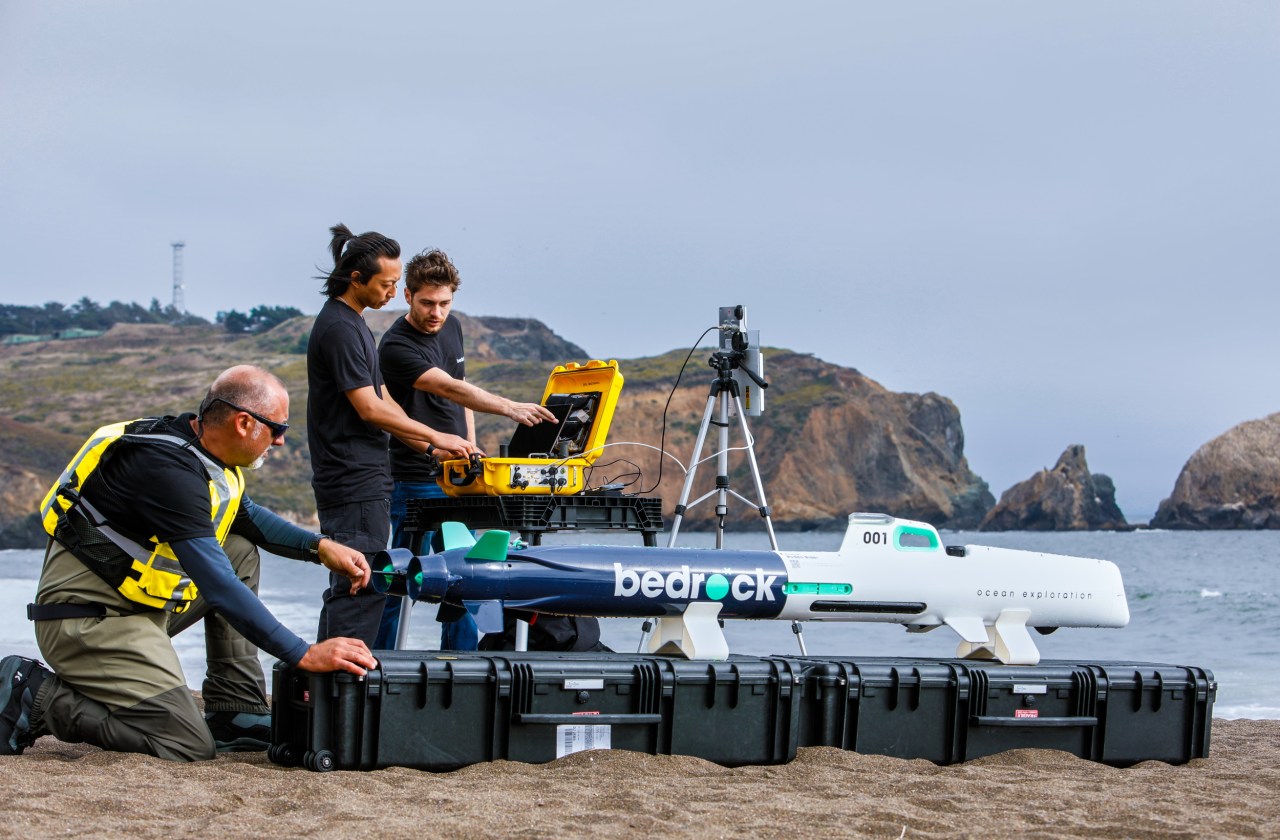The exploration for renewable energy is not just reshaping our energy landscape; it is also fundamentally changing how we interact with our oceans. As companies ramp up their efforts to harness offshore wind power, a new demand for accurate seafloor mapping has emerged, prompting innovative solutions that transcend traditional methodologies. Enter Bedrock, a pioneering entity poised to transform the status quo with its groundbreaking autonomous underwater vehicle (AUV) and cloud-based data service.
Charting New Waters with Autonomous Technology
For decades, seafloor mapping has been a heavily resource-intensive process dominated by large ships and cumbersome equipment. Bedrock is changing that narrative by introducing automation into the equation. By utilizing AUVs, the company is able to offer a streamlined mapping process that prioritizes efficiency and precision. Rather than enduring the logistical challenges that come with deploying ships, Bedrock’s vehicles can be easily transported and launched from various locations, such as piers or beaches, making them more accessible for customers.
Cloud-Based Solutions for Expanding Data Capabilities
While the hardware is impressive, the real game-changer is Bedrock’s data service, known as Mosaic. Unlike traditional data management that often involves cumbersome hard drives, Bedrock takes advantage of cloud computing to analyze and store vast volumes of data efficiently. This allows engineers to access high-resolution seafloor imagery in real time, fundamentally altering how the industry processes and utilizes mapping data. Anthony DiMare, Bedrock’s CEO, describes this platform as “the first cloud-native platform for seafloor data,” a significant innovation in an industry long plagued by outdated data management practices.
Understanding the Environmental and Economic Impact
The shift toward high-resolution, cloud-based maps is not just about convenience—it’s about enhancing our understanding of oceanic environments essential for renewable energy projects. As offshore wind installations become a priority, having detailed knowledge of the seabed is crucial. This information facilitates environmental assessments, permitting processes, and engineering plans, minimizing risks and ensuring projects adhere to regulations.
Moreover, the speed at which these new mapping solutions operate opens the door to continuous monitoring. As DiMare points out, initial surveys of installation sites are just the beginning; ongoing documentation will be key, especially as the wind energy sector expands along the U.S. coast. The ability to produce accurate, real-time updates enables a proactive approach to project management, paving the way for innovation and sustainability in energy development.
Advancements in Sonar Technology
At the heart of Bedrock’s AUV lies advanced sonar technology specifically designed to enhance mapping capabilities. Traditional sonars often generate background noise that can disturb marine life, presenting ecological challenges. Bedrock’s high-frequency sonar operates safely around ocean-dwelling animals while maintaining a close proximity to the seabed for detailed mapping. This not only mitigates potential harm to wildlife but also boosts data quality by capturing intricate details that larger vessels may miss. By eliminating the need for extensive regulatory processes regarding wildlife, the overall efficiency of the mapping process is significantly increased.
A Vision for the Future
As Bedrock officially launches Mosaic, the company is encouraging adoption through an enticing offer of 50 gigabytes of free storage for compatible map data. The ambition doesn’t stop there—DiMare envisions mapping the entire ocean on a yearly basis, ensuring that valuable data, often disseminated and difficult to access, is made readily available. This holistic approach recognizes the vast resources locked within the ocean depths, ready for careful and sustainable exploration.
Conclusion
The journey of optimizing seafloor mapping is just beginning, and Bedrock’s initiatives are leading the charge towards a more efficient, eco-friendly future in marine exploration. The combination of autonomous technology, cloud-based solutions, and advanced sonar systems exemplifies how innovation can interlace with sustainability efforts, benefitting both the environment and the burgeoning renewable energy sector. With the ocean serving as a critical resource, companies like Bedrock are setting the standard for what the future of energy exploration and environmental stewardship looks like.
For more insights, updates, or to collaborate on AI development projects, stay connected with fxis.ai.
At fxis.ai, we believe that such advancements are crucial for the future of AI, as they enable more comprehensive and effective solutions. Our team is continually exploring new methodologies to push the envelope in artificial intelligence, ensuring that our clients benefit from the latest technological innovations.

